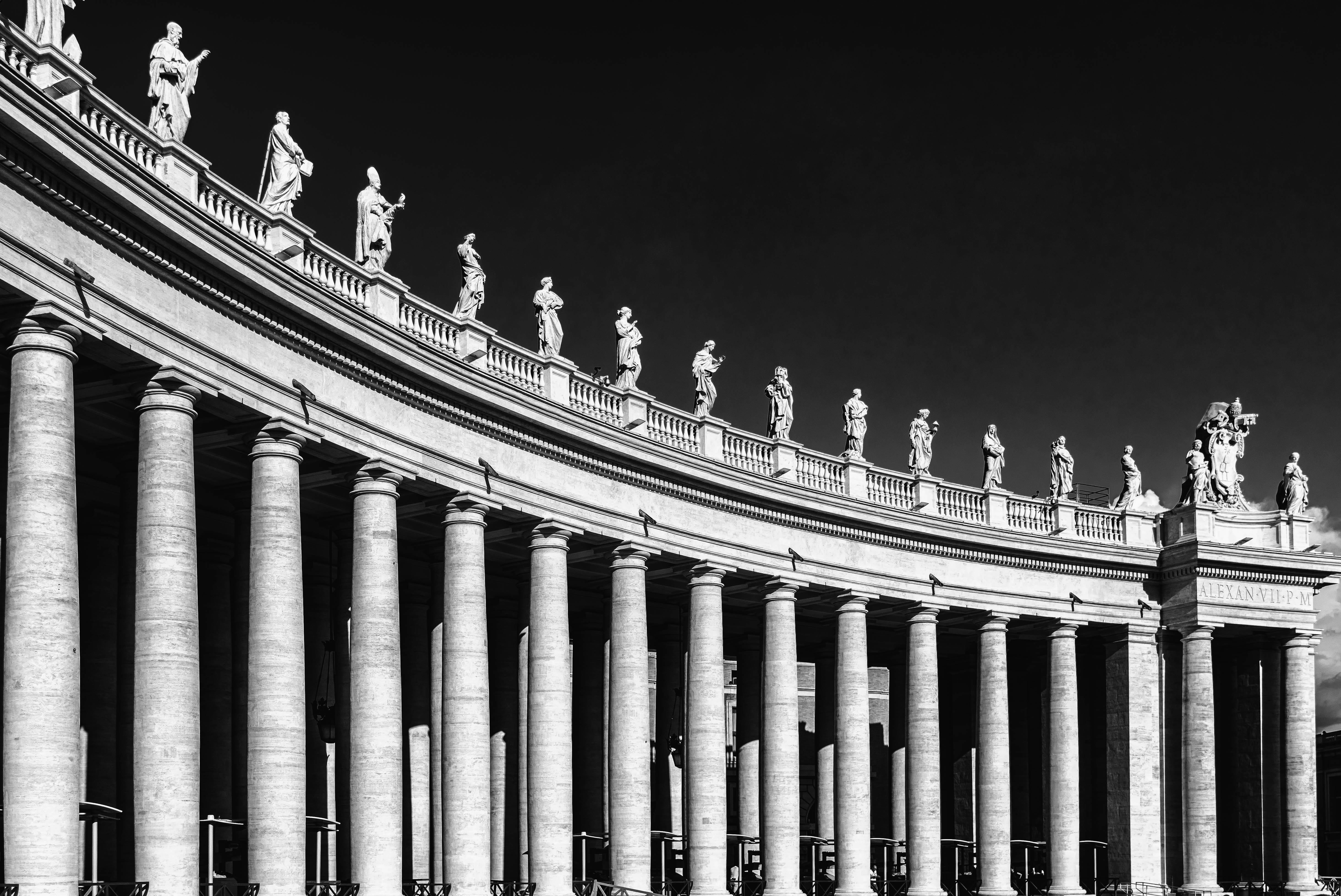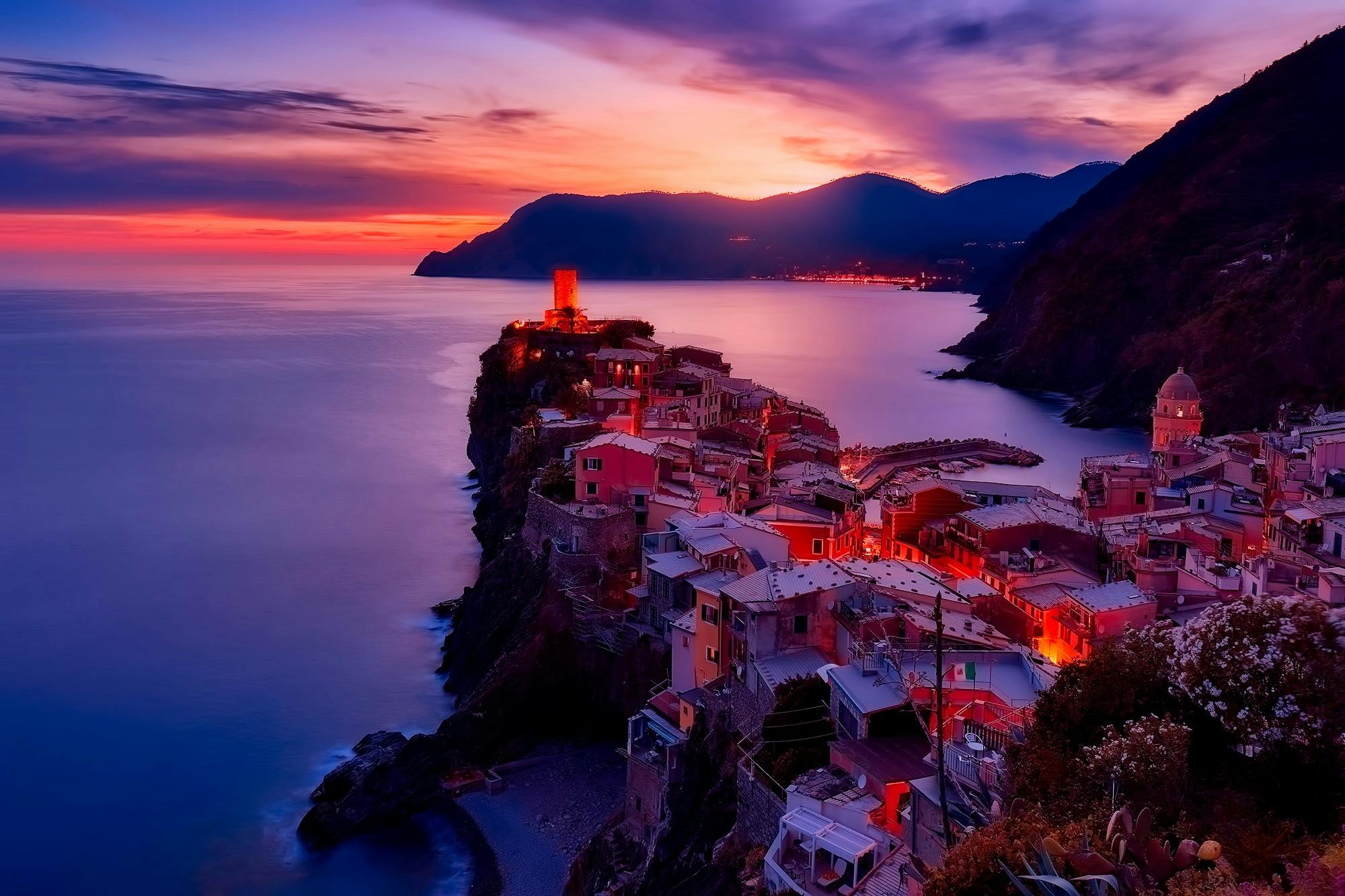There are many forms of poetry. Some read better, while others look better, and in the future we may add that some feel or experience better.
Some think that “good poetry” should rhyme while others think that “good” poetry “speaks” giving a clear or profound message. Others may call poetry that behaves like a springboard, launching creative responses in those who share it, the best, but whichever way you look at it, poetry like fashion is clothed in styles that affect its acceptability and/or respectability and promotion. , and all poetry is about communication. It publishes, registers or makes visible our experiences as well as showing things that have not necessarily been seen or noticed before, triggering that “Aha!”, eureka or identification experience.
The exploration of the activation of images and the transmission of messages as an artistic form of communication can lead to a blurring of the boundaries between poetry and art, if we can say that, in fact, they have them. We have created words to say this, such as word art, concrete poetry, visual poetry, pattern poetry, visual puzzles, and puzzle poetry.
The concept of concrete poetry and word art has been around for a long time, although the words to define it as an art form may not be. The word “concrete poetry” is believed to have started spreading as a new term in the 1950s aided by an exhibition of concrete poetry and a manifesto that was published in Brazil.
If we look closely at some of the ancient forms of poetry, we could see that many have been related to the visual aspects of written language with communication, but more recent beginnings have been attributed to Apollinaire who created calligrams in 1914.
In visual poetry you can play with the juxtaposition of letters, sounds and shapes. The synergy of these words, letters, and shapes unleash images, sounds, and messages that can be called the art of the poet….making more than the sum of the parts in a visual communication.
The key element in visual poetry is the visual nature as opposed to the sound that words make. However, some poets, like me, use their homographic and homophonic discoveries to make poetry that needs to be read and seen:
here/hairis light
us
hair/here
ace
light on
here/hair.
Stage poetry is also based on visual and oral communication. The difference is that aspects of the poem must be seen in the poet and not in other forms of published material.
With the development of communication technologies, we can incorporate auditory and visual stimuli into unique fixed or animated artistic expressions… what shall we call these new forms of art? We already have words like digital art and new media to talk about some forms of art, but do the words digital poems really communicate all that they can be? We have the technology to bring more senses into the poetry equation, for example touch. What terms shall we use for delicate sentimental poems… experiential poetry?



